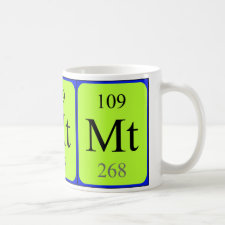
Authors: Kandimalla VB, Ju HX
Article Title: Molecular imprinting: a dynamic technique for diverse applications in analytical chemistry.
Publication date: 2004
Journal: Analytical and Bioanalytical Chemistry
Volume: 380
Issue: (4)
Page numbers: 587-605.
DOI: 10.1007/s00216-004-2793-9
Abstract: Continuous advances in analyzing complex matrices, improving reliability and simplicity, and performing multiple simultaneous assays with extreme sensitivity are increasing. Several techniques have been developed for the quantitative assays of analytes at low concentrations (e.g., high-pressure liquid chromatography, gas chromatography, immunoassay and the polymerase chain reaction technique). To achieve highly specific and sensitive analysis, high affinity, stable, and specific recognition agents are needed. Although biological recognition agents are very specific and sensitive they are labile and/or have a low density of binding sites. During the past decade molecular imprinting has emerged as an attractive and highly accepted tool for the development of artificial recognition agents. Molecular imprinting is achieved by the interaction, either noncovalent or covalent, between complementary groups in a template molecule and functional monomer units through polymerization or polycondensation. These molecularly imprinted polymers have been widely employed for diverse applications (e.g., in chromatographic separation, drug screening, chemosensors, catalysis, immunoassays etc.) owing to their specificity towards the target molecules and high stability against physicochemical perturbations. In this review the advantages, applications, and recent developments in molecular imprinting technology are highlighted
Template and target information: Review - MIPs in analytical chemistry



Join the Society for Molecular Imprinting

New items RSS feed
Sign-up for e-mail updates:
Choose between receiving an occasional newsletter or more frequent e-mail alerts.
Click here to go to the sign-up page.
Is your name elemental or peptidic? Enter your name and find out by clicking either of the buttons below!
Other products you may like:
 MIPdatabase
MIPdatabase









